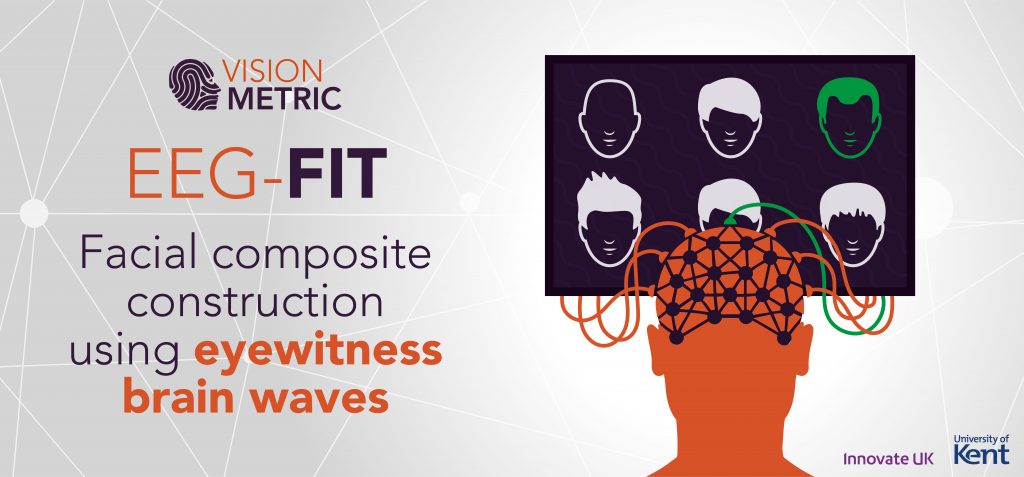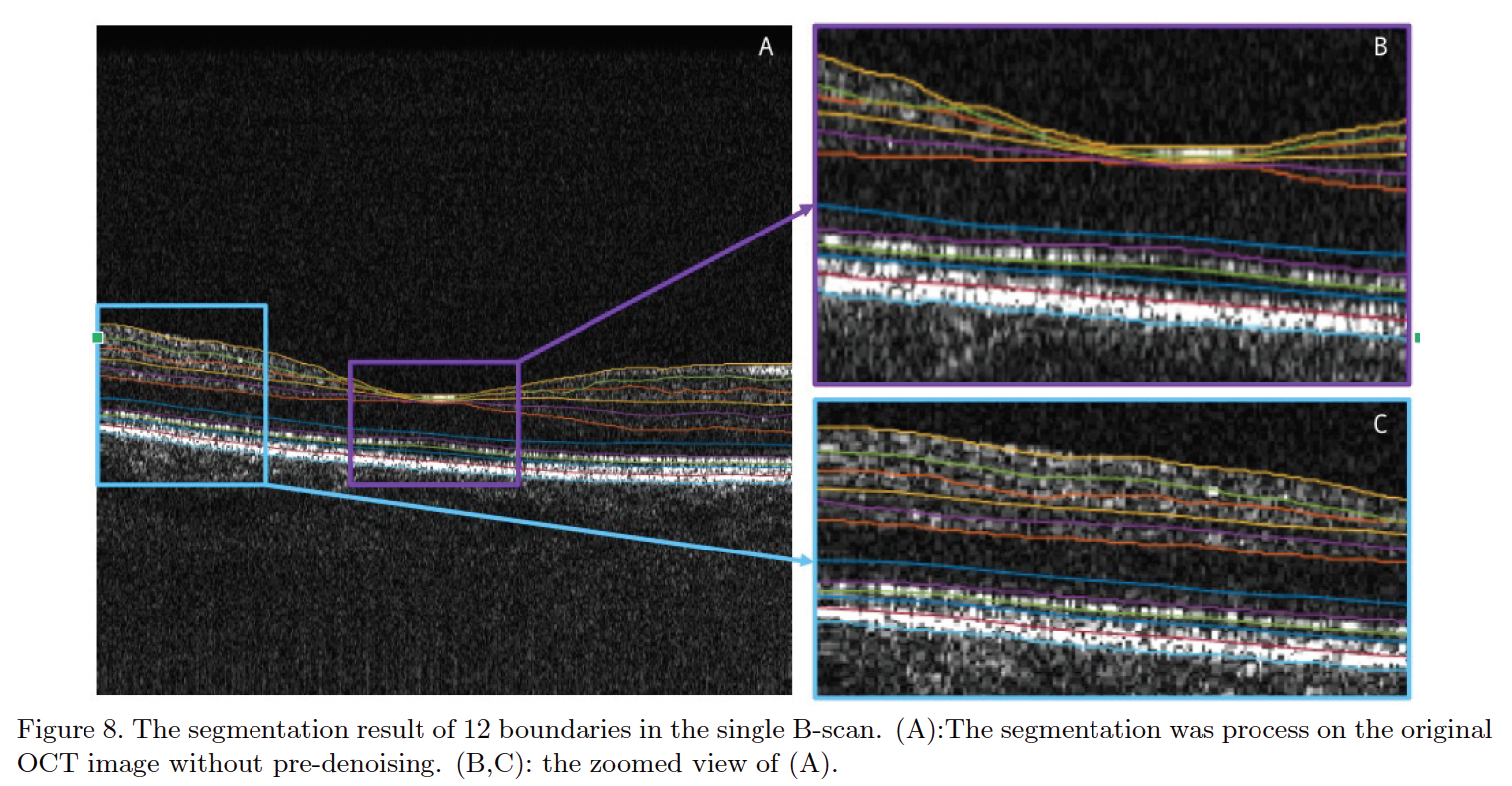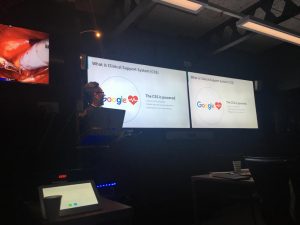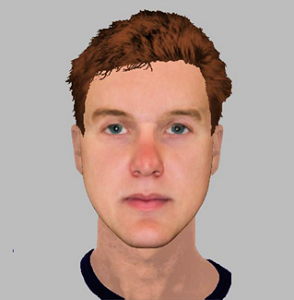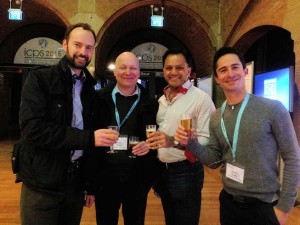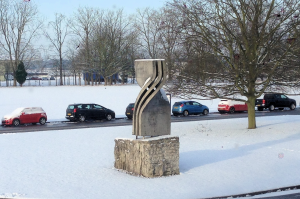(1) Forensic Image Processing
In the last decade, affordable digital camera technology has become widely available, resulting in the proliferation of digital images. The creation, modification and distribution of certain photographic materials are controlled by UK law (e.g. Protection of Children Act & Counter Terrorism Act). Two procedures that are particularly useful in the detection of image based crime are (i) matching a digital image to its source camera and (ii) identifying alterations to digital photographs. The aim of this project is to develop algorithms that support both of these tasks under the challenging conditions of file sharing over mobile phone networks and on social networking websites. The project researchers will be working with The Public Protection Unit, Kent Police.
Researchers: Susan Welford & Dr Stuart Gibson
Keywords: digital image forensics, Photo Response Non Uniformity (PRNU), image denoising, image compression
(2) Optimization of Image Data using Interactive Evolutionary Computation
Interpretation of image data by human analysts is prevalent in many fields including medical imaging, astronomical imaging, and the biological sciences. An important, and frequently adopted, preliminary step in the interpretation process is to enhance the image of interest using standard image processing techniques thereby assisting in the objective (e.g. a medical diagnosis). The optimal image processing technique and associated parameter settings can depend on a number of factors such as the extent and type of any degradation, the particular image, or the purpose of the image. The specific nature of these factors may not be known in advance. In such circumstances it is reasonable to assume that a human analyst should be able to adapt the image enhancement process to suit a specific goal. The aim of this project is to develop interactive evolutionary algorithms that facilitate image enhancement. Specific areas of interest include image denoising, interactive morphing of facial appearance for effective composite construction and enhancement of astronomical image data.
Researchers: Mr Joseph Mist & Dr Stuart Gibson
Keywords: interactive evolutionary computation, evolutionary strategy, facial composite construction, image denoising
(3) Classification of Raman Spectra for the Identification of Counterfeit Goods
Raman Spectrometry is a non-destructive technique that can be used to analyse the composition of materials. Improvements in the accuracy and speed of laboratory based equipment, and introduction of portable devices, make Raman Spectrometry an appealing analytical technique for forensic applications, to include the detection of counterfeit goods. This project focuses on the analysis of spectra including noise reduction, automatic baseline fitting, data reduction and classification.
Researchers: Dr Stuart Gibson and Prof Michael Went
Keywords: raman spectrometry, Principal Components Analysis (PCA), chemometrics, machine intelligence, Independent Component Analysis (ICA), classification and kernel methods
(4) Personal Identification by Pictures (PIPs)
Personal Identification Numbers (PINs) are an established method for authentication that is often used in conjunction with tokens such as bank cards to access funds or services. PINs are also used to lock mobile phones preventing unauthorised use in the case of theft. Unfortunately, the human mind is poorly equipped to remember and recall numerical strings. In this project we investigate the use of rich (and hence memorable) visual stimuli as an alternative to PINs. We call this method Personal Identification by Pictures (PIPs).
Researchers: Mr Tat-Him Wai, Dr Christopher Solomon and
Dr Stuart Gibson
Keywords: personal identification, access security, cognitive psychology
(5) 12ft.lbs – An Arbitrary Value or a well-considered Limit of Firearm Lethality?
The 1968 Firearms Act (as amended) states that: “A firearm is a lethal barrelled weapon of any description, from which any shot, bullet, or other missile can be discharged.”
Bearing the above definition in mind, another part of the Firearms Act states that air rifles and air pistols with muzzle energies below 12ft.lbs and 6ft.lbs respectively are not legally firearms. This means that weapons of these types with muzzle energies greater than the stated values instantly become firearms under the definition of being “lethal barrelled weapons” by the UK government. This formally sets a limit of lethality in terms of muzzle energy.
This project would look at the current legal limits placed on the muzzle energy of air rifles of 12ft.lbs and 6ft.lbs for air pistols to assess whether they are suitable values. This will be achieved through penetration experiments into physical simulant models of various parts of the human body to help consider if the above-stated values under UK firearms law are representative of being on the “boundary of lethality”. If (as expected) issues are raised, the project will look into a more suitable system of representing lethality for classification of weapons under firearms law.
Researcher: Dr Christopher Shepherd
Keywords: limit of firearm lethality, muzzle energy, physical simulant models
